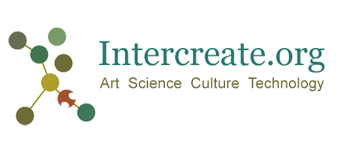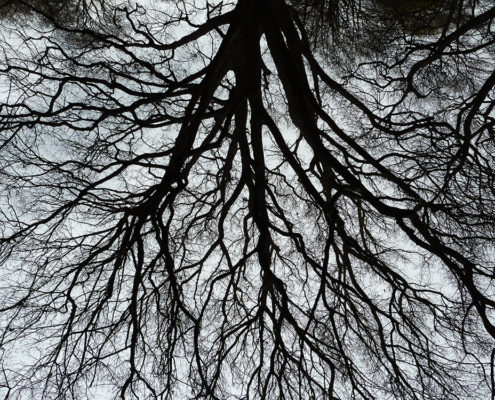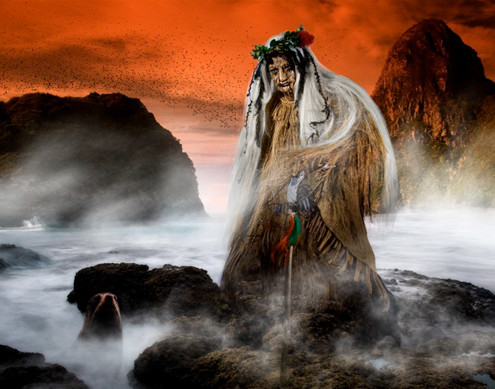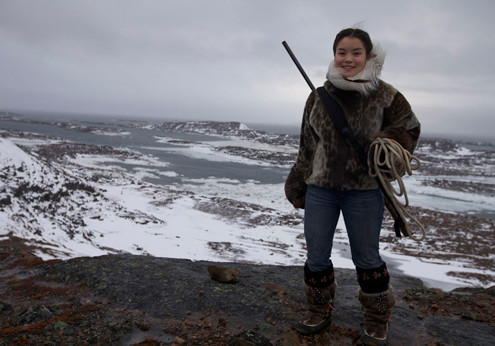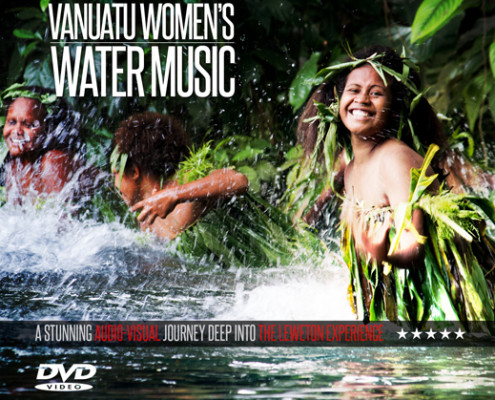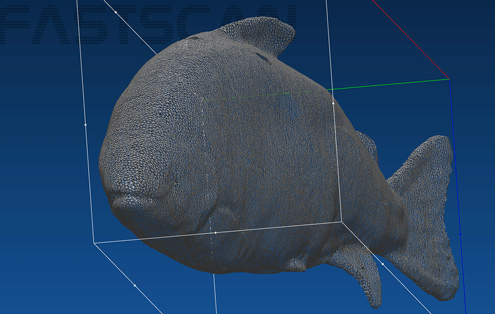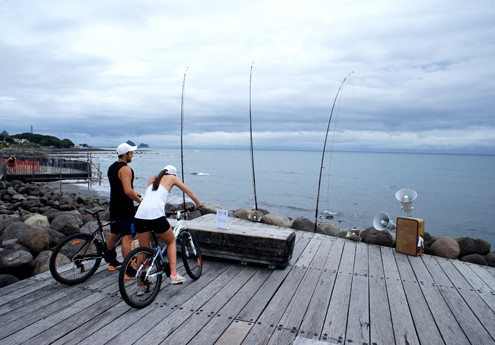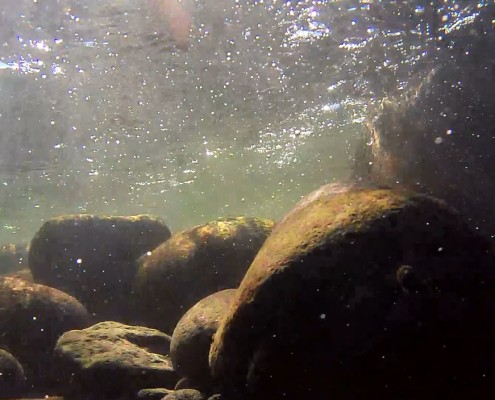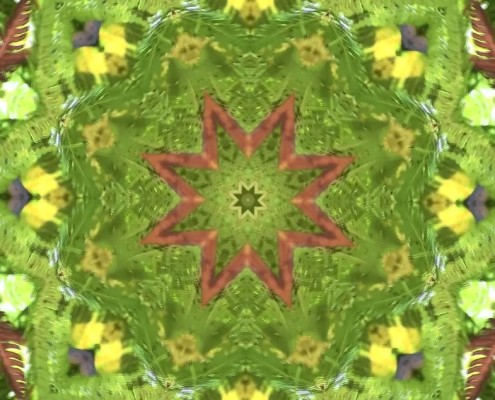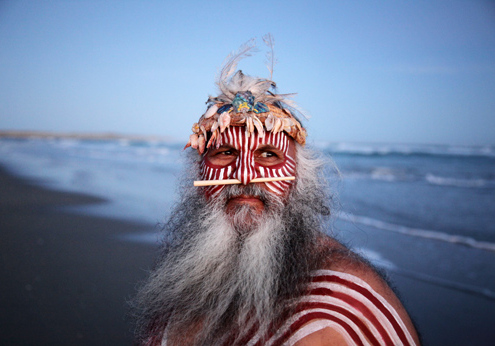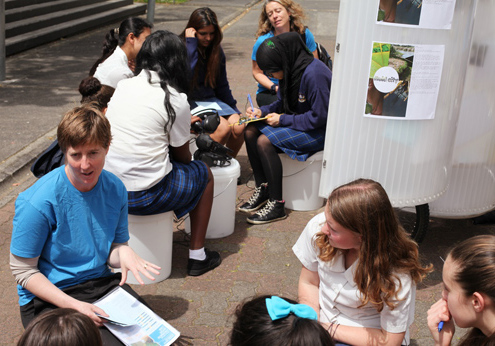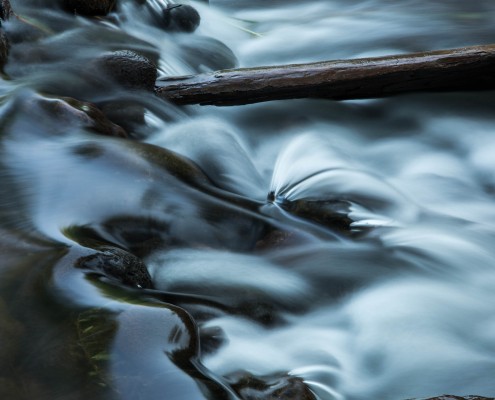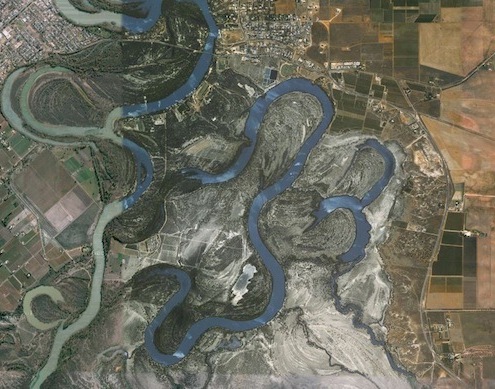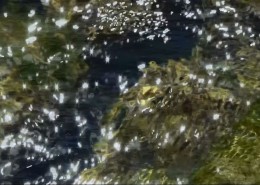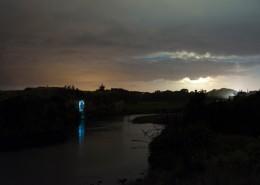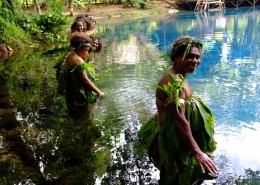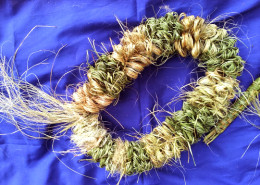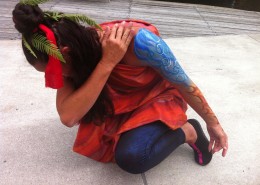There are two projects I would like to explore while at Ocean*Energy – although they are complimentary and could eventually become one cohesive piece.
Sidja – the edge. Where a solid expanse of land ends to an open, flowing ocean.
Sinaa – the edge. Where a solid expanse of frozen ice ends to an open, flowing ocean.
Two Inuit language words that describe ‘the edge’ – where ocean begins. These terms are used in daily life. The ocean is our main source of food, clothing, transportation. Much of Inuit culture and spirituality is rooted from the ocean. Our most important deity comes from the sea and is responsible for the protection of sea life and ensuring that Inuit maintain a balanced and harmonious relationship with it and its animals.
During my time at Oceans*Energy, I would like to explore the intricate energy and relationship between two indigenous cultures and the ocean – Māori and Inuit. The experience will by shared in the form of storytelling with a special emphasis on language sharing.
Do we have words for a similar idea or experience? Our traditional tattoos (Tunniit / Tā moko),
Do they have any connection to the ocean?
Do we have songs that express stories or experiences of the ocean? … These are just a few specific concepts or questions I would like to explore.
A variety of mediums in this storytelling based projects will include photography, writing, painting, drawings, audio/video recordings and other creative expressions taught or shared with me by various storytellers. Each medium will have a time and place and will be respectfully used depending on the scenario, people involved and context of what is being shared.
As an Inuit woman coming from very far to participate in this residency, I hope to spend as much time learning and collaborating with other participants and the community.
Experiencing and sharing as much as I can during my time in Aotearoa and learning another indigenous cultures relationship with their ocean.
****
Another part of my experience at Oceans*Energy will be continue researching and developing a collaborative project with Māori artist, Jo Tito. We’ve been in communication since meeting two years ago, exchanging stories, experiences, language and our respective cultures. We will take our time at the residency to further explore and develop our ideas.
Artist Bio
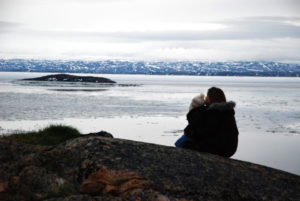
Stacey Aglok
I am an Inuit filmmaker, director and writer living in the Canadian Arctic territory of Nunavut. I thrive in the pure experience of the creative process, enjoying everything that allows the exchange of ideas and stories. I am deeply inspired by the environment and have a strong interest and passion for indigenous people reclaiming, decolonizing and expressing ourselves in todays world.
I live in Iqaluit, Nunavut with my 8 year old daughter, Nalajoss. Our home overlooks the Arctic Ocean which is most often in the form of ice and snow.
